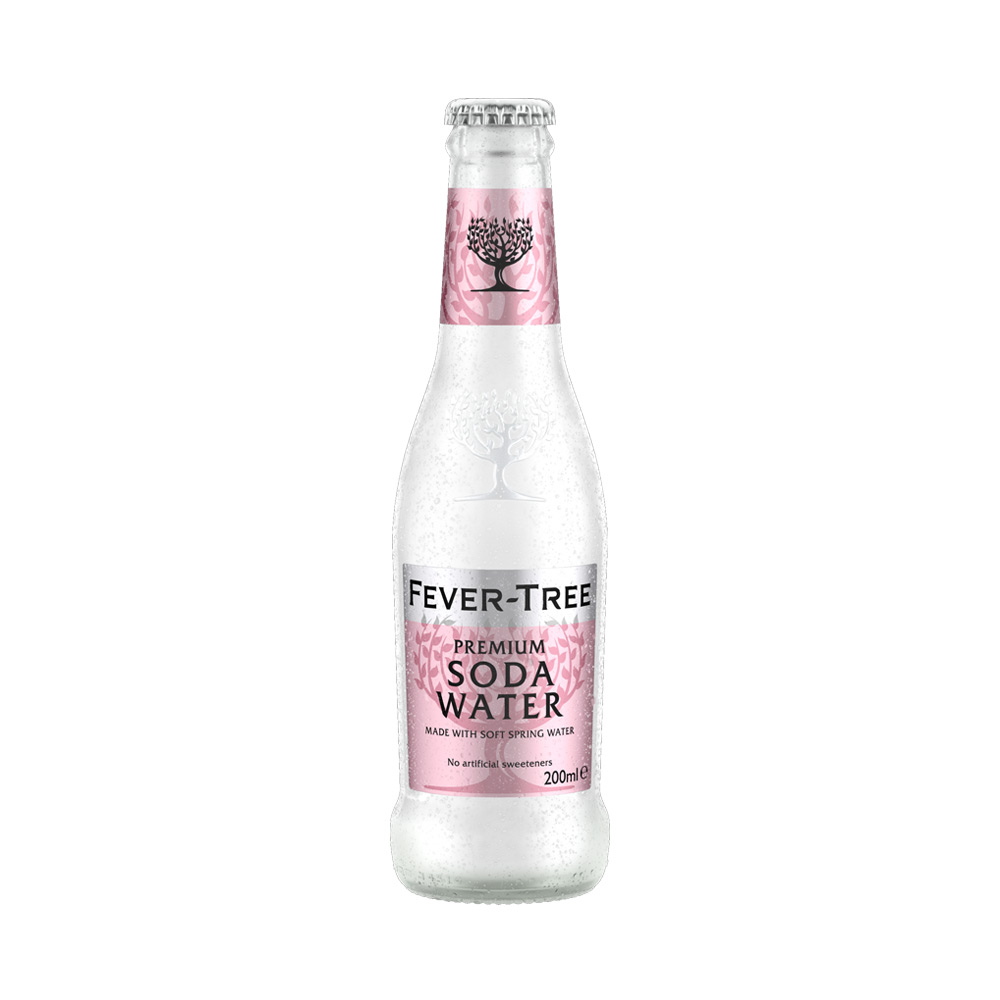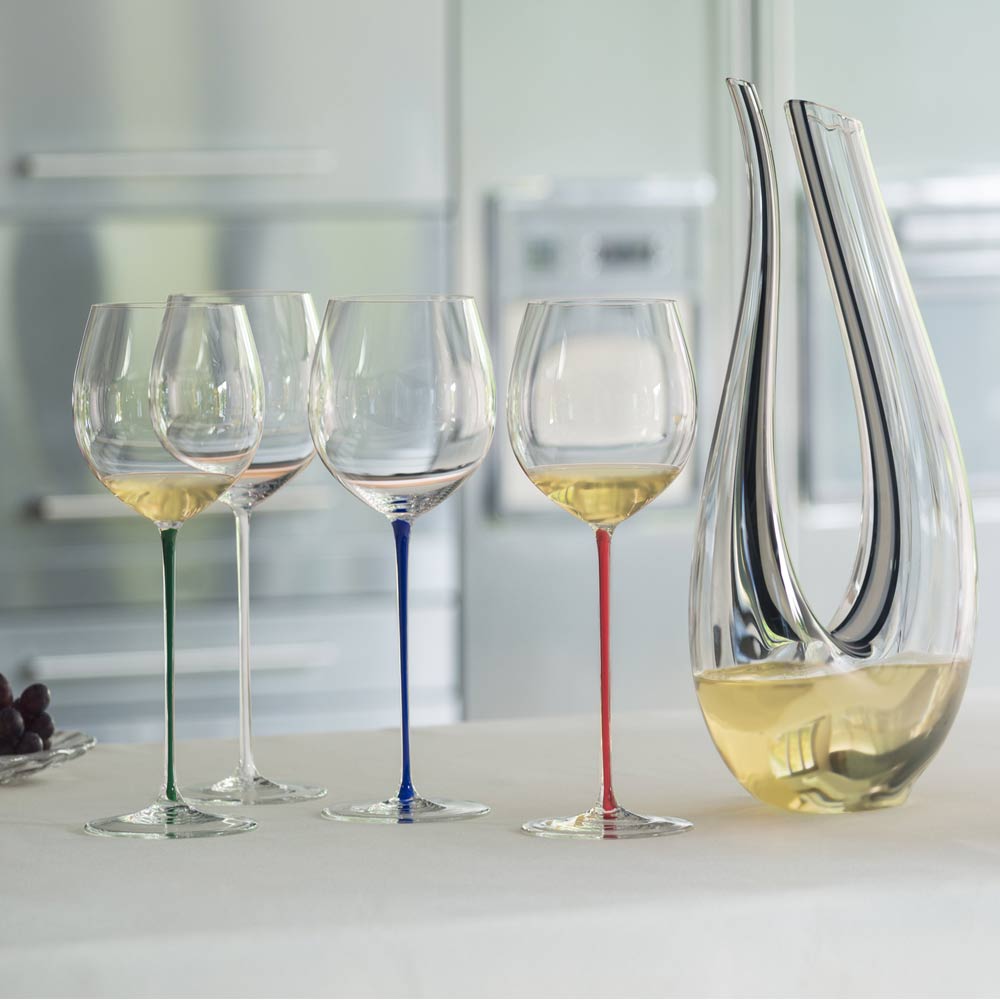Miscellaneous
The 2024 Complete Guide To Tequila
Tequila, a spirited elixir that beckons sippers with its fiery charms and agave-infused allure. Born in the heartland of Jalisco in Mexico, tequila is a libation steeped in history and wrapped in a cloak of mystique.
With splendid tequila cocktails, things shoot many notches up. Tequila, is the liquid embodiment of sunshine and revelry that teases the taste buds with its distinctive flavors, igniting a symphony of sensations on the palate.
From the youthful vivacity of Blanco tequila to the mellowed, aged wisdom of Anejo, each sip unveils a story waiting to be savored.
With a mischievous wink and a subtle kick, tequila lures you to embark on an adventure of liquid delight, whether sipped neat, shaken as one of the best tequila cocktails, or enjoyed in the company of kindred spirits.
This comprehensive guide will take you through production of tequila, different types of tequila, point you to some of the best tequila cocktail recipes, how to taste and sip tequila … everything TEQUILA, in short!
How is tequila made: The production process

Tequila production is an interesting and meticulous process that involves several steps, resulting in the creation of this beloved Mexican spirit. We provide you with an overview here.
- Harvesting: A tequila’s journey begins with harvesting of mature blue agave plants which take several years to reach optimal maturity. Skilled jimadores carefully remove the leaves, exposing the heart of the plant known as the pina, which resembles a large pineapple.
- Cooking: The harvested pinas are transported to the distillery, where they are cooked to convert starches into fermentable sugars. There are certain traditional methods that involve baking the pinas in brick ovens, while modern techniques utilize autoclaves for faster cooking. This process imparts flavors and softens the pinas.
- Grinding: Next, the cooked pinas are shredded or crushed to extract their sweet juice, known as aguamiel. In traditional production, a tahona (stone wheel) is used to crush the pinas, while modern distilleries employ mechanical shredders. This step releases the agave’s sugars and creates a pulp called the bagazo.
- Fermentation: The extracted aguamiel is transferred to fermentation tanks, where natural airborne yeasts or cultivated yeast strains are introduced. Fermentation converts the sugars into alcohol, typically lasting 48 to 72 hours. This process yields a low-alcohol liquid called mosto.
- Distillation: The mosto undergoes distillation, usually in copper stills, to separate alcohol from impurities and concentrate the flavors. Distillation occurs in two stages: the first distillation produces a spirit called ordinario, and the second distillation refines it into tequila.
- Aging (Optional): Depending on the desired style, certain tequilas may undergo aging in oak barrels and thus different types of tequila get produced. Blanco tequila is bottled immediately after distillation, while reposado, anejo, and extra anejo tequilas are aged for specific periods, imparting depth and complexity. Interesting, right?
- Bottling: Finally, the tequila (aged or unaged) is filtered and diluted to achieve the desired alcohol content. It is then bottled and sealed, ready to be enjoyed by tequila enthusiasts around the world!
It may also interest you that tequila production is strictly regulated by the Tequila Regulatory Council (CRT, Consejo Regulador Del Tequila) in Mexico, ensuring adherence to specific standards and guaranteeing the authenticity of the final product.
No wonder, such an intricate process exemplifies the craftsmanship and dedication that goes into creating the vibrant and captivating spirit.
History of tequila
Tequila has an interesting history, and that’s putting it mildly. It’s roots trace back even farther than the ancient Aztecs (250-300 A.D.) who revered the agave plant as a divine gift. They used its juice in creating their ceremonial wine.
Human remains dating 9000 years back in time show the early uses of agave. From its humble beginnings, tequila evolved through centuries of cultural fusion and innovation. There was a time when tequila used to be the go-to drink of the destitute class in Mexico. Still, tequila remains the first ever distilled drink in North America.
The first distillation methods were refined by Spanish conquistadors (15th-16th century) who brought the art of distillation to Mexico and produced mezcal wine also known as mezcal brandy, agave wine, mezcal tequila and finally simply tequila – aptly named after Tequila, a small town in the Jalisco state of Mexico.
Don Pedro Sánchez de Tagle, the Marquis of Altamira, established the first tequila factory in Hacienda Cuisillos in 1600. He is appropriately called the ‘father of tequila.’ Later on, Jose Antonio Cuervo became the first licensed tequila manufacturer after securing the rights to cultivate a parcel land from the King of Spain in 1758. Over time, tequila’s popularity grew, later finding its place as an integral part of Mexican traditions.
Today, tequila is celebrated worldwide as a symbol of revelry and camaraderie. Personalities like George Clooney, Nick Jonas, LeBron James, and Elon Musk have their own renowned tequila brands.
Different types of tequila

We will now take you through the different types of tequila savored by drink connoisseurs globally … with a feeling!
-
Blanco ‘White’ Tequila
If you’re seeking tequila drinks that are bold, agave-forward, and ready to ignite your taste buds, you just need a bottle of Blanco tequila – the hippest spirit on the block. Grab a glass of Casa Noble Blanco and read-on.
Blanco tequila is a clear (hence aka ‘white’, or ‘silver’ tequila), unaged (i.e. no barrel aging) wonder that’ll make your tongue dance with delight. It is made from the hearts of blue agave plants, meticulously distilled and left to bask in its purest form.
This allows a Blanco tequila, like the Casamigos Blanco, vibrant and youthful character to shine through, delivering a crisp and invigorating taste experience.
Its unadulterated nature makes Blanco tequila a versatile player in cocktails. It effortlessly blends with other ingredients, allowing mixologists to create an array of delicious shots with tequila.
Some of the best tequila cocktails recipes are Blanco-based and pack a wild party in a bottle. So, if you’re seeking a Blanco tequila type that’s as fresh and exciting as a salsa dance-off, grab a glass of a Don Julio tequila and let the good times roll!
-
Reposado ‘Rested’ Tequila
Next among the tequila types is the Reposado (means ‘rested’ in Spanish). It is aged in oak barrels for at least two months but no more than a year.
In a way, this is a tequila that has taken a chill pill, allowing its flavors to mingle and mellow. This maturation imparts a subtle and sophisticated oak flavor to the spirit, adding depth, smoothness, and a velvety mouthfeel.
Revolucion Reposado Cristalino is a good representative of a Reposado. It caresses the palate with a gentle warmth and a rich, full-bodied texture that makes sipping it a delightful experience.
Grab a Herradura Reposado to conjure an Old Fashioned tequila cocktail with a dash of bitters and a twist of orange, or whip up a Reposado Margarita with a splash of fresh lime juice. Or, if you’re looking for an ideal gift for a tequila lover, Codigo 1530 George Strait Limited Edition Rosa Reposado will make the best choice.
-
Anejo ‘Aged’ Tequila
Anejo tequila, a maestro of the tequila realm, is aged in oak barrels for a minimum of one year, which develops its refined and sophisticated character.
An extended aging period imparts a smoothness and complexity that is often compared to fine spirits like whiskey or cognac.
It showcases a delicate balance between the agave’s natural sweetness and the intricate flavors imparted by the aging.
Furthermore, it offers a layered taste profile with a long-lasting finish, allowing you to gradually savor the complexities with each sip either neat or on the rocks. In addition to the Casamigos Anejo and Patron Anejo, a premium choice among tequila connoisseurs is Clase Azul Anejo.
The richness and depth of Anejo tequila mixers make them an excellent choice for pairing with gourmet dishes. Anejo’s complex flavors can complement and enhance the flavors of chocolate, grilled meats, or aged cheeses, creating a harmonious culinary experience, even in an Anejo tequila cocktail.
-
Extra Anejo ‘Extra Aged’ Tequila
The Extra Anejo tequila undergoes a lengthier aging process (as against the Anejo), spending a minimum of three years in oak barrels.
This extended oak aging contributes notes of rich caramel, dark chocolate, toasted nuts, and intricate spice, elevating the tequila’s complexity to new heights. A ruler of tequila flavors, if you will!
Its silky texture glides effortlessly across the palate, delivering a luxurious and refined sipping experience through some of the best tequila cocktails.
Do indulge the exuberant Codigo 1530 Origen Extra Anejo, Avion Reserva, and Tears of Llorona No. 3 Extra Anejo tequilas.
There is a catch, though. Due to its extensive aging process, Extra Anejo tequila is produced in limited quantities. Despite that, the scarcity of these bottles adds to their allure and makes them highly sought after by collectors and tequila aficionados.
-
Oro ‘Gold’ Tequila
A unique standard in tequila drinks, Gold tequila, often referred to as joven or oro tequila, exhibits a rich, golden hue, which is achieved through a process of blending or adding caramel color to the spirit. This gives it a visually appealing and warm appearance. Pepe Lopez Gold is a great choice for a gold tequila.
This tequila flavor often combines the characteristics of both Blanco (unaged) and Reposado (aged) tequilas. It typically retains the agave-forward taste of Blanco tequila while incorporating some of the subtle oak influences found in Reposado tequila.
Gold tequila tends to have a smoother and milder flavor profile compared to Blanco tequila. Its balanced flavor profile makes it suitable for various mixed drinks, including margaritas and tequila sunrises.
While gold tequila may not possess the same aging depth or complexity as its aged counterparts, its smoothness, versatility, and approachability make it a popular choice for both mixing and sipping.
-
Reserva ‘Reserved’ Tequila
A Reserva tequila undergoes a significantly extended aging process, surpassing the requirement of the minimum oak-barrel aging of three years of extra Anejo tequila.
This prolonged aging contributes to heightened complexity and deeper flavors to Reserva tequila drinks. We are sure the 1800 Tequila Silver Reserva would astonish your palate!
The Reserva harmonizes the robust agave character with the nuances derived from the extended oak aging, resulting in a well-rounded taste profile. Tequila cocktail lovers can expect notes of caramel, vanilla, chocolate, spice, and a profound oak influence.
Due to the rarity and exclusivity of the Reserva expressions, a Reserva tequila is eagerly sought after by collectors.
Highland vs Lowland tequila: What’s the difference?

The difference is attributed to the geography. The Highland and Lowland tequilas types, also known as ‘Los Altos’ and ‘Valles’, respectively, refer to two distinct regions in Jalisco, Mexico.
The Highland tequilas are produced in the higher altitude region of Jalisco which is characterized by mountainous terrain, cooler temperatures, and higher levels of rainfall.
Lowland tequilas, on the other hand, come from the lower altitude areas, which tend to have flatter terrain and a warmer climate.
You would be intrigued to know how the environmental differences between the regions contribute to variations in the flavor profiles of the agave plants:
Highland tequila drinks often display fruity and floral notes with a sweeter and more citrus-forward taste and, hence, pair well with dishes featuring citrus-glazed seafood like ceviche, grilled fish with a tangy citrus marinade, enchiladas, tacos al pastor, or chiles rellenos.
The Lowland tequilas, on the other hand, are known for earthier and herbal characteristics, with a drier and more robust flavor profile. They go excellently with hearty Mexican stews like birria, pozole, mole, aged cheese, cured meats, and accompaniments like olives and roasted nuts.
Another point to note is that the slower maturation process allows for increased sugar development and complexity in the agave, contributing to the unique flavor profiles of Highland tequilas.
While both regions adhere to the same tequila production regulations, subtle differences in techniques and equipment used by individual distilleries influences the final product.
Classic tequila cocktail recipes
If you just love shots with tequila and are ready to shake things up, here are some of the best tequila cocktail recipes. While the smoky Margarita adds a twist with mezcal, lime juice, agave syrup, and a hint of mesquite salt, you’d definitely relish a lesser explored The Spicy Paloma which combines zesty grapefruit juice, fiery jalapenos, and tequila for a refreshing kick!
How to drink tequila

When it comes to savoring various tequila types, do consider the following aspects for an optimal enjoyable drinking experience.
- Opt for a narrow, stemmed glass known as a tequila snifter or a short, wide-mouthed glass called a caballito. These glasses concentrate the aromas, allowing you to appreciate the tequila’s nuances.
- Take small sips of the tequila rather than just shooting it back! Hold the tequila in your mouth for few seconds till it coats the palate. Be attentive of the flavors and textures, experiencing the agave notes, the oak influence (if aged), and other subtle complexities.
- Tequila drinks can be enjoyed neat, on the rocks, or with enhancements like a squeeze of lime, a pinch of salt, or a side of sangrita (a traditional tequila accompaniment). Feel free to experiment and find your preferred way to savor the exalted tequila drinks.
Drinking tequila is about enjoying the flavors, aromas, and craftsmanship of the spirit. What’s more, even Elon Musk couldn’t keep his mind off this intriguing Mexican spirit and he launched a futuristic looking Tesla Tequila, dubbed Teslaquila, in 2020.
Tips to taste tequila
Tasting a tequila drink is a personal experience, and everyone’s palate is unique. While you indulge the different varieties and brands of tequila types, here are some additional tips to enhance your tequila sipping experience.
- Begin by examining the tequila’s appearance. You must observe its color, clarity, and viscosity. Next, swirl the tequila gently in the glass to observe the ‘legs’ or ‘tears’ that form, indicating its viscosity and alcohol content.
- Now, bring the glass to your nose and take in the aromas. Breathe in slowly and deeply to capture the full range of scents. You should watch out for notes of agave, citrus, floral hints, spice, or any other characteristic aromas specific to the tequila variety you are sampling.
- Moving on, take a small sip and allow the tequila to spread across your palate. Let it rest on your tongue for a few moments, exploring the flavors and textures. Pay attention to the initial taste, the mid-palate experience, and finally the finish.
- You may like to identify the flavors present in the tequila. Is it sweet, fruity, herbal, spicy, or earthy? Try to distinguish the agave’s natural sweetness from any additional flavors acquired through the production process or aging in barrels. That’d be a firsthand experience to discern an Anejo from an Extra Anejo!
- Focus on the lingering impression the tequila leaves as you swallow. Is it short and crisp, or does it have a long, smooth finish? Notice any additional flavors or sensations that emerge during the aftertaste.
Well, that’s all there is to tequila tasting, amigos!
If you are in Hong Kong and looking for lo más importante tequila for your tequila cocktails, Liquidz will ensure you get ‘shot with tequila’ like never before.
Browse your choicest tequila in Hong Kong at Liquidz, and let us know where you’d likely be sipping a margarita or a sunrise in the town. Our tequila will find you there!







